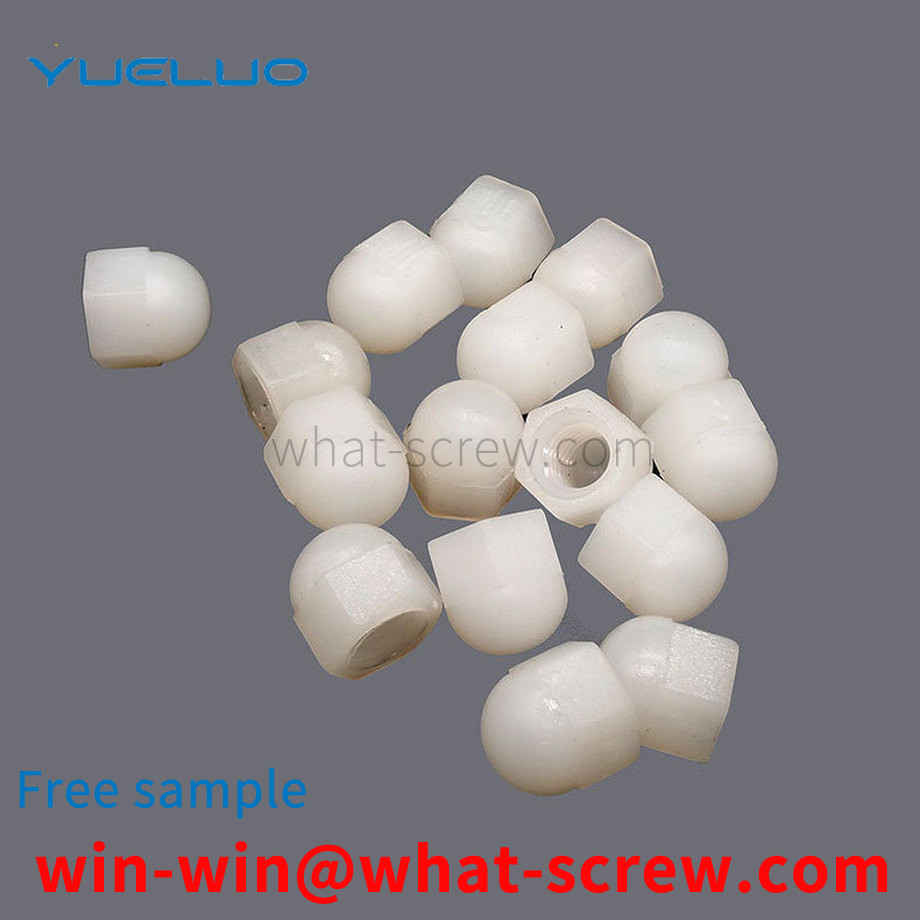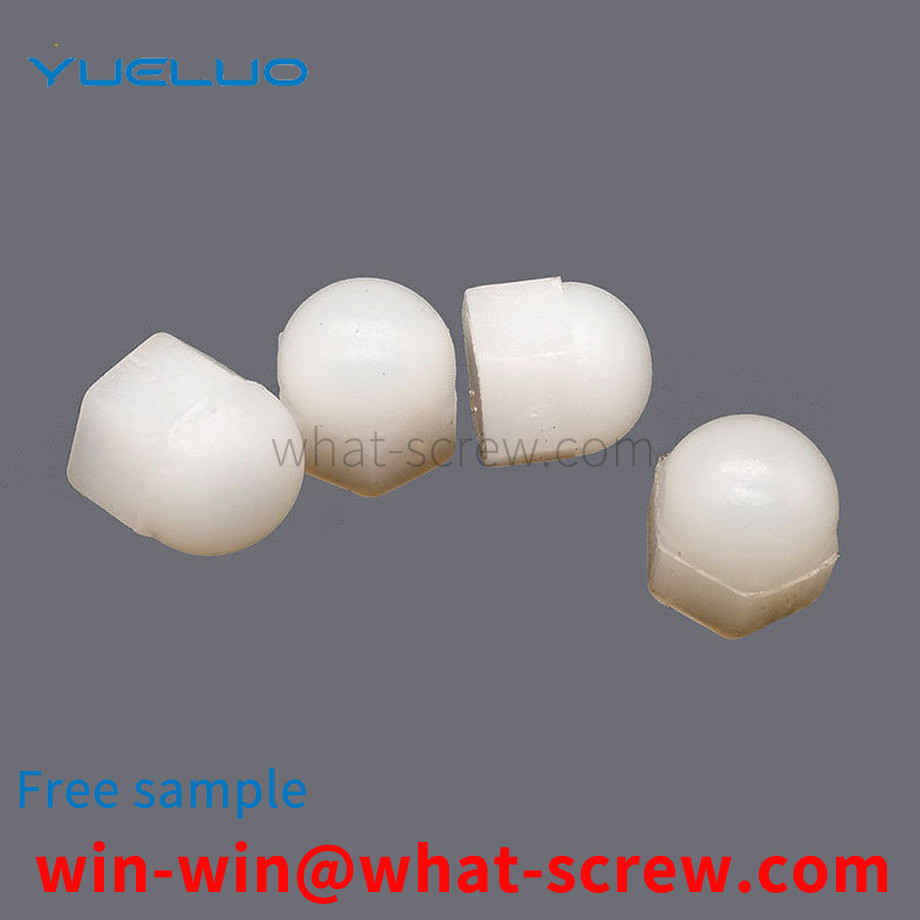Pressure riveting standoffs, also known as pressure riveting studs or standoffs, are non-removable fasteners that are used in conjunction with rivets to provide a threadless type. A sheet metal part is a product processed by a sheet metal process, that is, a sheet metal substrate is formed into a sheet metal part with a certain shape through cutting, bending, drilling, welding and other processes. On some sheet metal parts, such as chassis and electrical boxes produced by sheet metal, it is usually necessary to set rivet standoffs to facilitate the installation of internal components. The existing standoffs are usually installed on the sheet metal substrate by extrusion, and the connection is not firm.
through-hole mounting nut, comprising a hexagonal portion 1 and a cylindrical portion 2, a threaded hole 3 is provided between the hexagonal portion 1 and the cylindrical portion 2, and two grooves 4 are opened on the cylindrical portion 2, and each of the two sides of the groove 4 has a The raised side 5, the two sides protruding from the sheet metal part 7, if squeezed or hit by the bolt 8, it will bend to both sides and buckle on the sheet metal part, so that it is not welded directly. Rubber can also be used. Each of the upper surfaces of the side edges 5 is provided with a convex point 6 so that the hammer will not slip when hitting.
The conventional auger bit structure 1 includes a rod body 11, a screw head 12 provided on one end of the rod body 11, a drill tail 13 provided on the other end of the rod body 11, and a plurality of threads 14 arranged around the rod body 11; Wherein, the periphery of the drill tail 13 defines a parting line 15, and the parting line 15 makes the drill tail 13 symmetrically divided into a side 131 and a side 132, and a cutting end 133 is formed at the junction of the end of the side 131 and the end of the side 132, respectively. The cutting end 133 is concavely provided with a quarter-turn chip flute 134 in the same direction of the helix, and the edge 132 continues the chip flute 134 and has a quarter-turn chip flute 135 with different helical curvatures. , by connecting the chip groove 134 and the chip groove 135 through different helical curvatures, the drill tail 13 can form a symmetrical and complete chip groove of 186 degrees.
Sprinkle the excess flat washer 6 on the positioning plate II3-1 on the flat washer positioning plate 3, and shake the flat washer positioning plate 3 by hand. After a short time, the flat washer 6 will be positioned and arranged on the upper positioning plate II3-1. In the flat washer hole 3-7, since the width of the opening groove 113-32 of the baffle plate II3-3 is smaller than the diameter of the flat washer hole 3-7, and the thickness of the upper positioning plate II3-1 is designed according to the thickness of the flat washer 6, each Only one flat washer 6 can be accommodated in the flat washer holes 3-7 of each upper positioning plate II3-1, and then use a brush to remove the excess flat washer
In another embodiment of Guangdong Yueluo Hardware Industry Co., Ltd., the discharge port of the vibrating plate 2 is matched with the screw receiving hole 35, and the screws can enter the screw receiving hole 35 through the discharge port after sorting and sorting in the vibrating plate 2. . Preferably, a guide rail 6 is provided between the discharge port of the vibrating plate 2 and the screw accommodating hole 35, and the screws enter the screw accommodating hole 46 from the discharge port through the guide rail 6. The slotting is carried out, which improves the efficiency and saves the labor cost.
We have many years of experience in the production and sales of screws, nuts, flat washers, etc. The main products are: JISB1251, GB5783 bolts, 304 splint nuts, flat head hexagon socket head bolts and other products, we can provide you with suitable fastener solutions for you .



















 Service Hotline
Service Hotline




